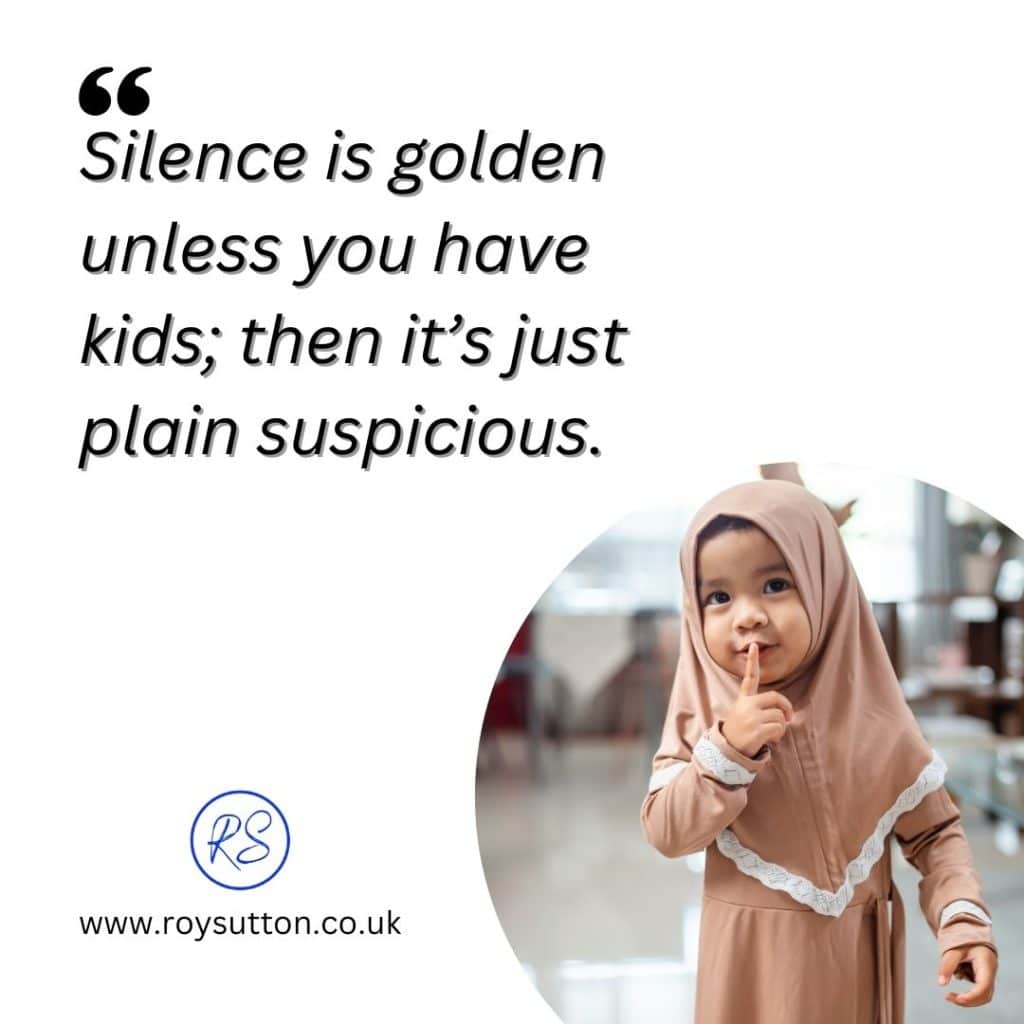
This article explores how to become wealthy in 5 years.
Wealth building often evokes images of overnight success and incredible riches. While such scenarios may exist in rare instances, they are far from the norm. True wealth, encompassing financial abundance and personal fulfilment, demands a more nuanced and strategic approach.
This article aims to debunk get-rich-quick myths and unveil a practical roadmap for building sustainable and meaningful wealth within a five-year timeframe.
The journey begins with clarifying a definition of wealth.
Everyone’s idea of what wealth means is different. For some, it might be about financial freedom, early retirement, and accumulating assets. For others, it might be achieving a degree of affluence to live comfortably.
Defining your “why” helps you navigate financial decisions and avoid chasing empty metrics.
Next, assess your current financial standing.
Track your income, expenses, and debts. Knowing where you stand is crucial for crafting a realistic plan.
Now, consider the core principles for wealth building:

DISCLAIMER: This essay is for informational purposes only and should not be considered financial advice. Always consult with a qualified professional before making investment decisions.
Part 1: Financial Wealth: How to Become Wealthy in 5 Years:
- Cultivate a saving mindset: This is the bedrock of financial health. Aim to save 15-20% of your income every month. Automate a portion into savings or retirement accounts to make it effortless. Prioritize needs over wants and cut back on non-essential expenses. Remember, small savings can snowball over time.
- Optimize your income: While saving is crucial, maximizing your income accelerates wealth building. Seek salary raises, promotions, or upskilling opportunities within your current field. Explore avenues for additional income, like freelancing, side hustles, or investing in rental properties. Diversifying your income streams mitigates risk and creates opportunities for exponential growth.
- Master debt management: High-interest debt can cripple your financial progress. Prioritize paying off high-interest debts like credit cards or payday loans. Consider strategies like debt consolidation or snowballing (focusing on smaller debts first for momentum).
- Embrace the power of investing: Put your savings to work! Invest in assets with the potential for long-term growth, like stocks, bonds, or real estate. Start with low-risk, diversified options like index funds and gradually venture into riskier ventures as your knowledge and comfort level grow. Seek professional guidance when necessary. And unless you’re already an expert, it will be necessary.
- Educate yourself: Knowledge is power, especially in finance. Read books, attend workshops, and consult financial advisors to broaden your understanding of managing money, investing, and tax optimization. Continuous learning fuels informed decisions and empowers you to take control of your financial future.
- Live purposefully: Wealth extends beyond material possessions. Invest in your health, relationships, and personal growth. Pursue hobbies you enjoy, connect with loved ones, and engage in activities that bring meaning to your life. Living a fulfilling life alongside financial security is true wealth realized.
Remember, the path to wealth is a marathon, not a sprint.
Consistency, discipline, and patience are key.
Celebrate milestones, but stay focused on long-term goals.
Be adaptable and resilient. Occasionally, unforeseen circumstances may arise, requiring adjustments to your plan.
Seek support from financial professionals and a community of like-minded individuals.
5 Year Plan:
Here are some actionable steps to take within the next five years:
Year 1:
- Create a detailed budget and track your spending.
- Pay off high-interest debt and establish an emergency fund.
- Increase your income by at least 10%.
- Open an investment account and start with low-risk options.
Year 2:
- Max out contributions to retirement accounts.
- Explore additional income streams through side hustles or investments.
- Diversify your investment portfolio.
- Seek financial advice and education.
Year 3:
- Re-evaluate your budget and adjust as needed.
- Review your investments and rebalance your portfolio.
- Increase your risk tolerance for higher potential returns.
- Implement tax-saving strategies.
Year 4:
- Focus on growing your income streams significantly.
- Consider larger investments like real estate or business ventures.
- Build a passive income stream.
- Help others achieve financial literacy and build wealth.
Year 5:
- Assess your progress and adjust your plan if necessary.
- Celebrate your achievements and set new goals.
- Continue learning and adapting to changing economic landscapes.
- Enjoy the fruits of your work and share your success with others.

Conclusion No 1:
Wealth building is not a guaranteed formula but a continuous growth and learning journey.
By embracing mindful spending, disciplined saving, proactive investments, and a commitment to personal fulfilment, you can set yourself on a path to achieve sustainable and meaningful wealth within five years and beyond.
Remember, the definition of wealth is personal. Tailor this roadmap to your unique goals, values, and circumstances. Stay committed, learn continuously, and adapt as you journey towards a financially secure and fulfilling future.
Part 2: Beyond the Numbers – Integrating Values and Impact
While the previous section outlined a practical framework for building wealth, true financial well-being extends beyond accumulating mere numbers. Integrating your values and considering the impact of your financial decisions are crucial for shaping a sustainable and fulfilling journey.
1. Alignment with Values:
- Ethical Investing: Choose investments that align with your values, such as sustainable practices, fair labour standards, or responsible resource management. Consider impact investing or socially responsible funds to support positive societal change.
- Philanthropy and Giving Back: Allocate a portion of your wealth to causes you care about, be it through donations, volunteering, or supporting community initiatives. Giving back not only creates a positive impact but also fosters a sense of purpose and strengthens your connection to your community.
- Living Sustainably: Make conscious choices that minimize your environmental footprint and promote responsible consumption. Reduce your carbon footprint, support local businesses, and choose eco-friendly products. Living sustainably aligns your financial choices with environmental and ethical values.
2. Building Strong Relationships:
- Financial Transparency with loved ones: Open communication about finances with your partner, family, or close friends can ease burdens, foster trust, and prevent future financial conflicts.
- Sharing Your Expertise: Utilize your financial knowledge to empower others. Whether mentoring young adults, sharing tips with friends, or volunteering for financial literacy programs, helping others navigate their finances creates positive ripples within your community.
- Investing in Relationships: True wealth also encompasses strong connections with loved ones. Prioritize quality time with family and friends, invest in experiences, and nurture these relationships. Strong social bonds contribute significantly to overall well-being and happiness.
3. Embracing Purpose beyond Wealth:
- Define your life goals: While financial security is important, it’s not the sole purpose of life. Explore your passions, interests, and skills. Develop goals beyond financial accumulation that contribute to your personal growth and sense of fulfilment.
- Contribute to society: Seek opportunities to use your talents and resources to make a positive impact. Take on leadership roles, mentor young people, or volunteer your time and skills to a cause you care about. Living a life of purpose brings immense satisfaction and enriches your community.
- Find joy in the present: While striving for future goals is important, don’t neglect the present moment. Practice mindfulness, appreciate experiences, and find joy in everyday interactions. Appreciation for the present leads to a more fulfilling and meaningful life.
Remember, wealth is not a singular destination but a continuous journey of learning, growth, and impact. By integrating your values into your financial decisions, building strong relationships, and embracing a purpose beyond wealth, you can create a fulfilling and sustainable path towards financial prosperity and personal well-being.
Conclusion No 2:
Building wealth is important, and working towards financial freedom is a worthy aim. However, a more holistic perspective on wealth building will inspire you to create a journey that aligns with your vision for a meaningful life.
Please share this post with your friends:
If you found this article interesting and useful, please share it with your friends on social media.
When you share, everyone wins.
So go on, please share it now.
If you can do that for me, I’ll be forever grateful. You’ll be helping a keen blogger reach a wider audience.
Thank you for your support, dear reader.


About the author:

Roy Sutton is a writer, content creator, digital entrepreneur, and international traveller. Formerly, a CEO, corporate business executive, management consultant, and electronic systems engineer with a background in telecommunications and IT. His blog aims to both inspire readers to achieve their best lives and entertain them with the humour we all crave.
Other articles you might find interesting:
- 3 things you need to know about money
- Work and Money: Which is more important?
- Turn your yearly income into your monthly income
- 3 ways for getting rich
- How to become rich through your work
- 5 ways to kill your dreams
- 33 life lessons learned that are best learned early
- How the power of words can change lives
- 10 steps for making new year’s resolutions
- Public Speaking: The Power of the Pause
- Productivity Tips: How to Structure Your Day
- George Carlin’s Top 10 Rules For Success
- Top wealth creation strategies for financial success
- Why an investment in knowledge pays dividends
Copyright © Mann Island Media Limited 2024. All rights reserved.











































